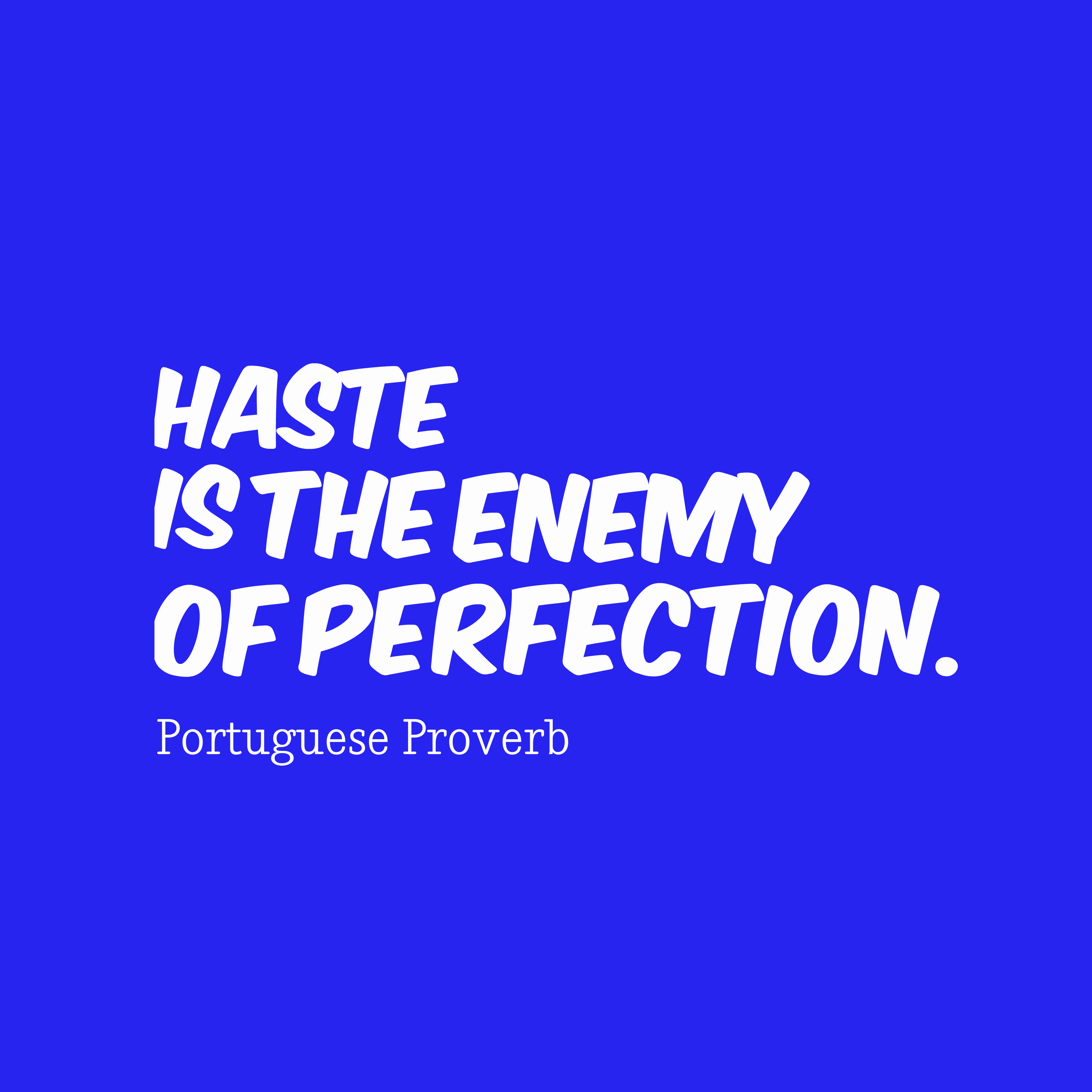How To Get Rid Of Private Mortgage Insurance
Private mortgage insurance (PMI) is a type of insurance policy that protects lenders from the risk that the buyer will default and push the mortgage into foreclosure. It also allows buyers who cannot (or choose not to) make a significant down payment to obtain mortgage financing at affordable rates. If you purchase a home and put down less than 20%, your lender will probably minimize its risk by requiring you to buy insurance from a PMI company before signing the loan.
Don’t confuse Private Mortgage Insurance with mortgage life insurance, which goes to you (or your beneficiaries) to pay off your mortgage if you die or become disabled. Because premiums are expensive (and a PMI policy benefits the lender, not you), it’s important to understand when and how you can get rid of your PMI. To remove private mortgage insurance you must be up to date with your monthly payments. And you have to reach the date when the principal balance of your mortgage is scheduled to fall to 80 percent of the original value of your home.
Request PMI cancellation (Homeowners Protection Act). The Act addressed difficulties that homeowners were experiencing in canceling PMI coverage after they had reached the required equity level, and it established uniform procedures for canceling and terminating PMI policies. The Homeowners Protection Act gives you the right to request that your lender cancel PMI when you have reached the date when the principal balance of your mortgage is scheduled to fall to 80 percent of the original value of your home. This date should have been given to you in writing on a PMI disclosure form when you received your mortgage. If you can’t find the disclosure form, contact your lender.
Other important criteria you must meet if you want to cancel PMI on your loan are your request must be in writing, You must have a good payment history and be current on your payments, your lender may require you to certify that there are no junior liens (such as a second mortgage) on your home, your lender can also require you to provide evidence (for example, an appraisal) that the value of your property hasn’t declined below the value of the home when you first bought it.
If the value of your home has decreased, you may not be able to cancel PMI. If you meet these requirements your servicer generally must cancel your PMI when you request it.
Automatic PMI termination. In accordance with the Homeowners Protection Act, your lender must terminate PMI on the date your loan balance is scheduled to reach 78% of the original value of your home (in other words, when your equity reaches 22%) even if you don’t ask your lender to cancel PMI. You also need to be current on your payments on the anticipated cancellation date. Otherwise, PMI will not be terminated until shortly after your payments are brought up to date.
It’s important to recognize that the 78% threshold is based on the date that the loan is scheduled to reach 78%, according to your amortization schedule, not on your actual payments. That means that if you made extra payments and reached the 78% threshold ahead of schedule, your lender does not have to terminate PMI until the originally scheduled date, which could leave you making months – or even years – of unnecessary PMI payments. To avoid making excessive payments, you can request cancelation of PMI coverage.
Final PMI termination. Under the law, your lender must terminate PMI if you reach the midpoint of your loan’s amortization schedule before the 78 percent date. The midpoint of your loan’s amortization schedule is halfway through the life of your loan. Most loans are 30-year loans, so the midpoint would occur after 15 years have passed. Again, you must be current on your payments for final termination to take effect. If you aren’t, PMI will be terminated when you do become current. Your lender can’t require payments for more than 30 days after PMI is terminated.





